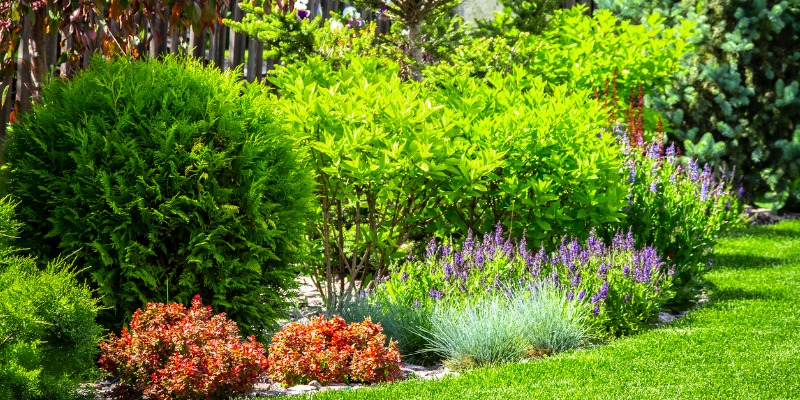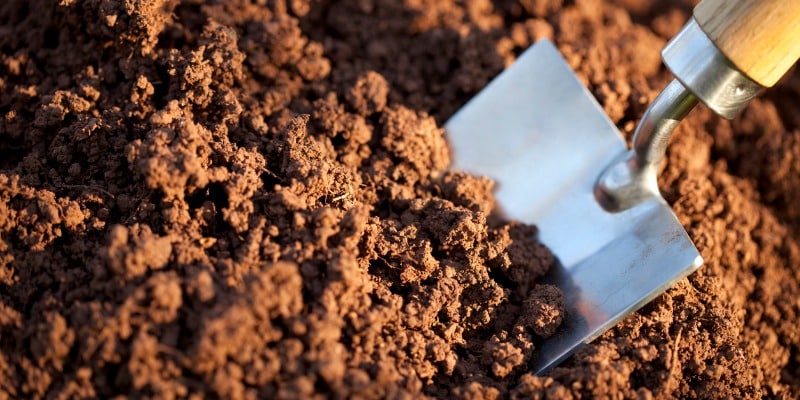
Landscaping projects almost always require excavation. While excavation may seem simple, there are many environmental considerations we need to keep in mind when planning it. The materials you add back into the soil can be recycled or reusable. According to Ontario’s regulations, the materials that are removed from the soil need to be handled in an environmentally conscious way. Here is what you need to know about how an excavation of your property can be more eco-friendly.
Your Choice of Replacement Materials
After part of your landscape is excavated, it must be filled back in. Frequently, this is done to improve soil, create a level landscape or stylistically graded ground, provide a solid foundation for a structure, or to add features such as ponds and pools.
Re-Using
Environmental excavation should include thoughtful decisions about which materials should be backfilled into the property. Whenever possible, we will seek to reuse the materials originally found there, assuming they can be suitably amended for our purpose.
For example, if we excavate a large amount of clay soil from your yard, we may be able to mix this soil with organic matter or other amendments and return most of it to the yard. We thereby maximize the health of the ground and produce as little excess soil as possible.
Depending on the condition of the original soil, we may combine it with sand, stone, concrete, or other types of soil to improve it or make it suitable for our purposes before returning it to the ground.
Recycling
However, some materials cannot be reused on site. Commonly, this includes rocks and boulders. Rocky ground can interfere with the stability of the ground. If we intend to build a structure in your yard, from a pool house to a pergola, we may need to remove the rocks from a portion of the yard.
Instead of being returned to the ground, these materials should be recycled. Depending on the type of rock, it may be ground up and used on other areas of the property or sent to companies that make products using rocks. Other waste materials dug up onsite, such as plastics and metals, will also be recycled.

How Excess Soil Should Be Handled
Excess soil, or soil that will not be returned to your property, must be disposed of in an environmentally conscious way in order to protect the health of our soil. Anti-dumping legislation is very clear on what is acceptable and what our responsibilities are to minimize the impact of excess soil on the environment. Excess soil can be sent to other construction sites where it is needed, managed at a soil recycling facility, or transported to a waste disposal site.
Thinking about completing a landscape project but want it to be completed in a sustainable way? The experts at Natural Landscape Group will help you get the landscape of your dreams while being environmentally conscious at the same time.
Sources:
https://www.ontario.ca/page/management-excess-soil-guide-best-management-practices
https://www.ontario.ca/page/handling-excess-soil
https://www.jenningsdemolition.co.uk/how-to-keep-your-bulk-excavation-environmentally-friendly/
https://easyturf.com/2017/04/creating-environmentally-friendly-landscape/

